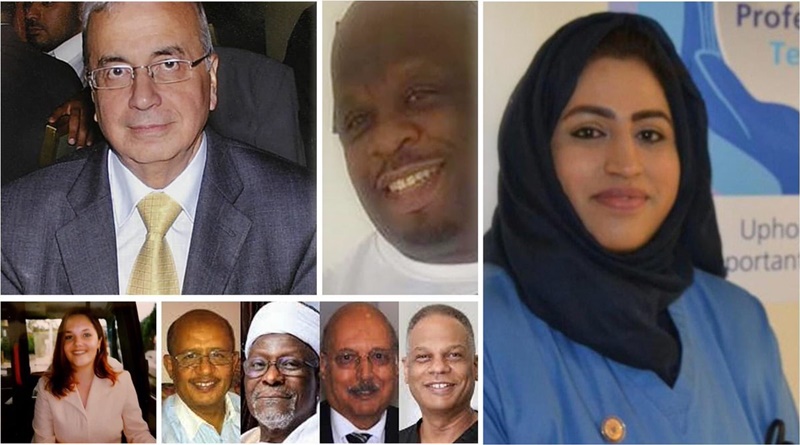The tenth anniversary of the MacPherson report was marked by the proclamation by deputy minister for women and equality Maria Eagle that great strides have been made in terms of race relations, in the last decade.
The MacPherson report, initiated after the flawed police investigation into the murder of Stephen Lawrence by a gang of white, racist youths was a defining moment in the history of race relations in Britain, because it acknowledged what we – visible minorities from black and Asian communities – already knew – that the police and many other public organisations are “institutionally racist”.
MacPherson defined institutionalised racism as:
“The collective failure of an organisation to provide an appropriate and professional service to people because of their colour, culture or ethnic origin. It can be seen or detected in processes, attitudes and behaviour which amount to discrimination through unwitting prejudice, ignorance, thoughtlessness, and racist stereotyping which disadvantage minority ethnic people.”
But just how far have we actually travelled on the road to equality in the UK? What has actually changed? Unfortunately, the answer is very little, if you look beyond the rhetoric to examine the facts and figures.
For starters, whilst the Metropolitan Police are making all sorts of proclamations of their own, claiming that the term “institutionally racist” is no longer an applicable or “helpful” phrase to describe the Capital’s police force, this view is contradicted by the facts and by the testimonies of black and Asian officers.
Figures for 1997/8 showed that black people were five times more likely to be stopped and searched by the police than whites. Stop and search figures for London between January and March 2007 showed that a black person is four times more likely to be stopped and searched than a white person and three times more likely to be arrested.
Figures released in February reveal that in Suffolk, if you’re black you’re seven times more likely to be stopped and searched than a white person. Little progress there then. But such data should not be examined in isolation but in conjunction with other statistics to create a clearer picture of the cumulative effects of racism.
For example, the fact that the black British community accounts for 15 per cent of the records stored on the national DNA database, even though we account for only 2 per cent of the UK population, alongside the disproportionate use of stop and search, point to the continued criminalisation of the black community.
But it’s not just the black British public who suffer at the hands of an institutionally racist police force – but black police officers too. Who could forget the ordeal of former assistant police commissioner Tarique Ghaffur last year and his allegations of racism against Sir Ian Blair and other senior officers?
Ghaffur’s claims came as the Metropolitan Black Police Association accused the Met of conducting a witch hunt against black officers and at the same time that Kent Chief Constable Mike Fuller revealed that black officers have to work twice as hard as their white colleagues to succeed, confiding that white officers tried repeatedly to stop him from being promoted.
The fact that Ghaffur was forced to back down from his claims of institutional racism is not in itself a vindication of Sir Ian Blair or the Met police, but rather evidence of its power to subdue those who seek to challenge it.
But the series of race rows that embarrassed the Met last year are compounded by fresh claims of racism and “a culture of apartheid” at Belgravia station, where black officers were threatened with violence by their white colleagues and a Muslim officer was “framed”, according allegations made at an employment tribunal.
The question is does legislation bring about real change or merely create the appearance that racism and discrimination are being tackled, to appease those who believe in and fight for equality? If you believe that the latter is true then the forthcoming Equality Bill will do little to deliver substantive improvements.
Legislation may force individuals and corporations to change their modus operandi from overt discrimination to more subtle practices that are harder to detect and therefore harder to eradicate. This does not mean that legislation has not been effective and should not be used to tackle discrimination.
But it must be recognised that racial equality can only be achieved when attitudes in society change. You cannot change hearts and minds through legislation alone, and attitudes will not change voluntarily whilst ignorance and indifference prevail.
The cure for ignorance is education. But there is a dire absence of as well as resistance to education about race and its precursors – slavery, colonialism and imperialism. The government seems to think that denying that institutional racism exists in most of its public institutions and passing more legislation will make the problem go away.
But as we’ve seen over the last ten years, denying a problem exists is not likely to yield much success in solving it. That’s why in terms of race equality in the UK, we still have a long way to go.
This article was published in Issues Today No.29: Racial Discrimination. The Issues Today series is a KS3 teaching resource. VIEW THE PDF




